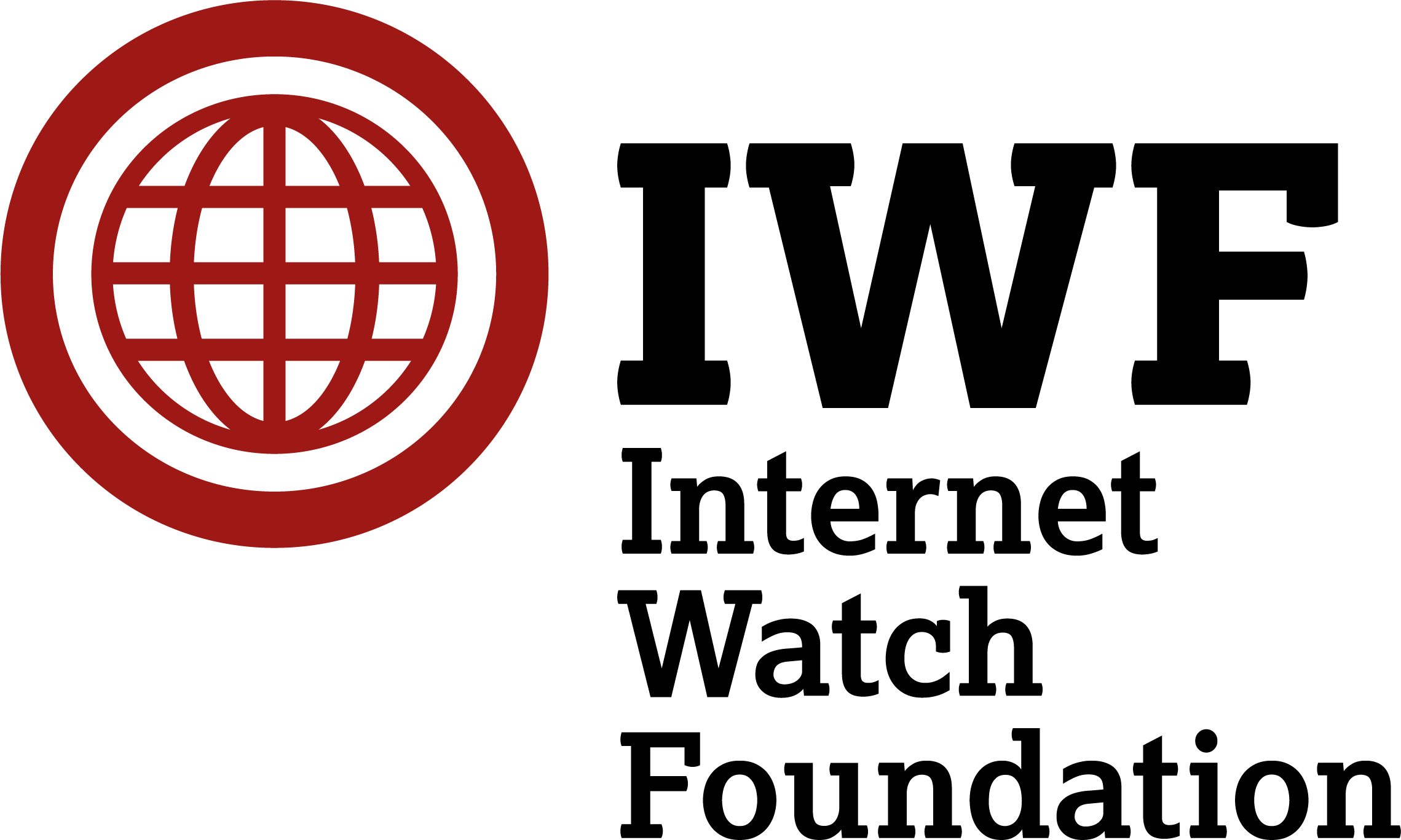What are commercial disguised websites?
Since 2011, we have been monitoring commercial child sexual abuse websites which display child sexual abuse imagery only when accessed by a ‘digital pathway’ of links from other websites. When the pathway is not followed, or the website is accessed directly through a browser, legal content is displayed. This means it is more difficult to locate and investigate the criminal imagery. This trend for concealing the distribution of criminal imagery has increased in 2021.
- In 2021, we uncovered 26,272 websites using a “digital pathway” to hide child sexual abuse imagery. This is 115 times every working day.
- Of the 28,390 websites overall, which were found to be commercial in nature, 5,258 (20%) were also using a digital pathway.
- It represents an increase of *28% on the 4,100 disguised websites identified in 2020
The huge increase in these types of sites is due to a new trend. In 2021, our analysts spotted some image host sites requiring a ‘digital pathway’ for the first time - meaning a particular route had to be taken to access a single image of child sexual abuse. These images would have appeared as blank webpages without following the necessary pathway. By identifying this new trend, we were able to uncover and take action on thousands of concealed images in a day.
Disguised websites have also continued to exploit ‘top-level domain hopping’ to avoid detection and remain online.
What can we do about it?
We actively monitor the techniques used by these websites in order to uncover the criminal material in order to get it removed. We also share intelligence with our partners to enable them to do the same.

